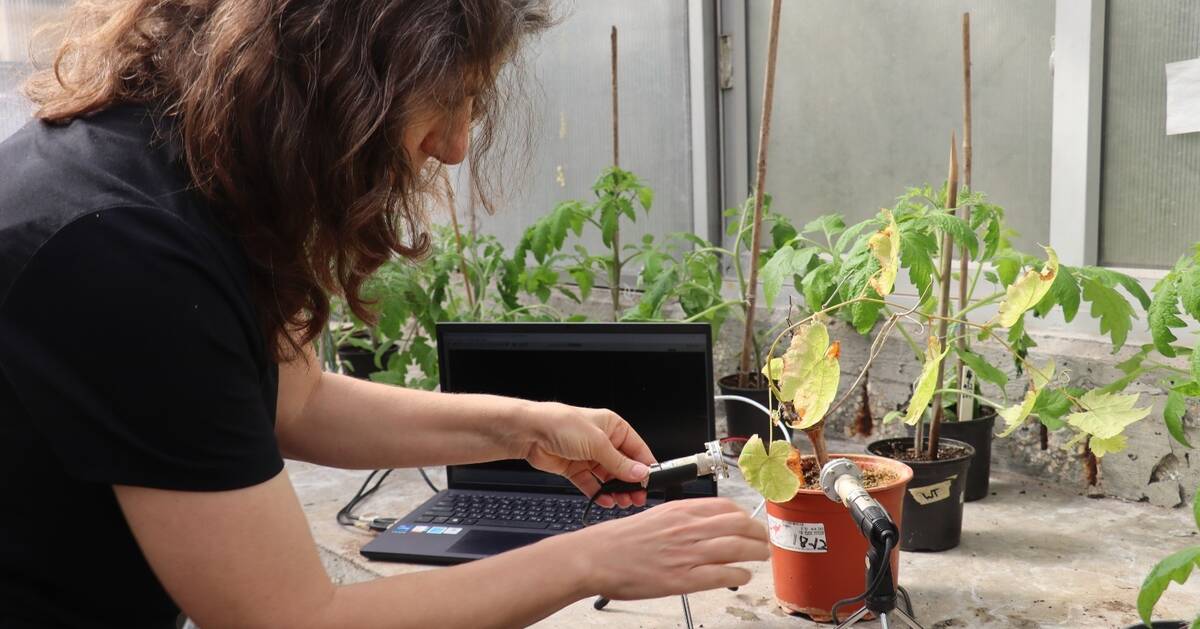The cries of the tomato plants are too high a frequency for our ears to hear – but researchers have now, with the help of special microphones, been able to record the sounds from several meters away. Previous research has had the microphones clamped on the plants.
The research team from Tel Aviv University has used ultrasonic microphones to listen to healthy, dehydrated and damaged plants. The result shows that a damaged and dehydrated plant emits 30-50 clicking sounds per hour. A healthy plant, on the other hand, is very quiet.
"Presumably, the sounds of the plants can be heard by different animals such as mice, bats and insects," says Lilach Hadany.
The study focused on sounds from tomato and tobacco plants, but found that corn, wheat, grapes and cactus plants also emit sounds when dehydrated or damaged.
Depending on whether the plant has been dehydrated or damaged, it emits different types of sounds. A dehydrated plant begins to sound before it becomes visibly dry. The sounds are highest after five days without water.
Air bubbles clicking
The drought creates a negative pressure in the plant's ductwork that transports water from the roots up to the top. Then air bubbles are formed. Each new bubble that pops up emits the characteristic clicking sound.
"Sound recordings of plants could be used in agriculture to distribute water more efficiently," says Lilach Hadany.
Play the video to hear the clicking sounds.

